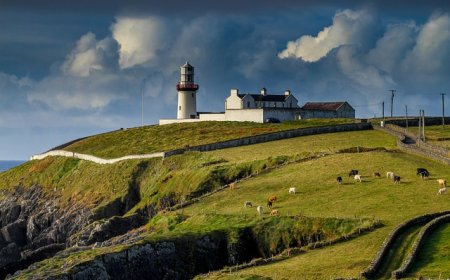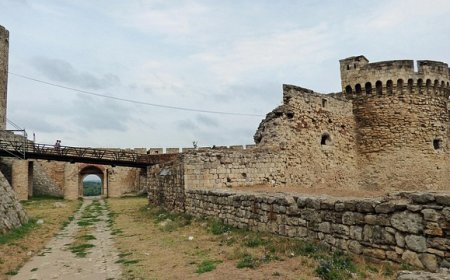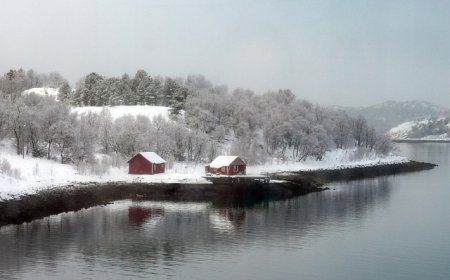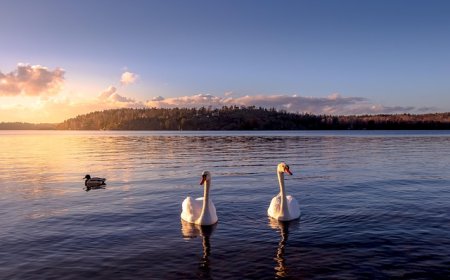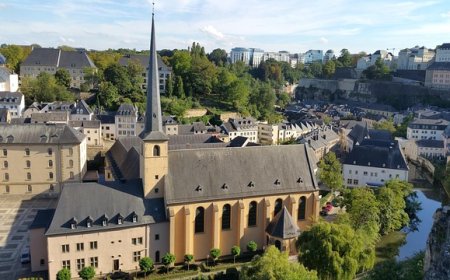Lithuania for Students: Geography, History, and Culture of a Baltic Nation
Explore Lithuania’s landscapes, cities, language, and history in this student-friendly article written for grades 4–10. Includes quiz and vocabulary list.
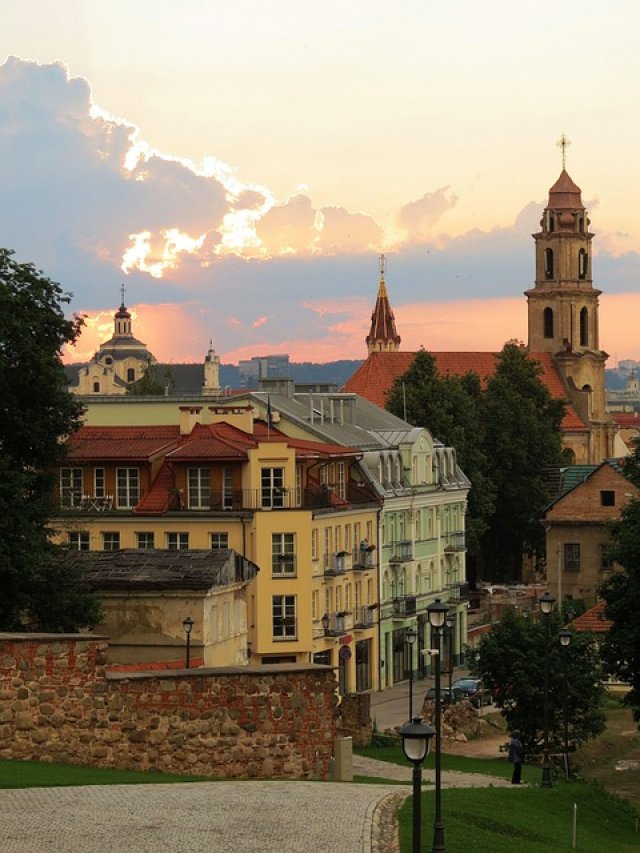
🇱🇹 Lithuania: Baltic Beauty with a Proud Past and a Bright Future
🗺 Introduction
Lithuania is a small but proud country in Northern Europe, along the eastern shore of the Baltic Sea. It’s one of the three Baltic states, along with Latvia and Estonia. Lithuania is known for its green forests, sand dunes, castles, and a deep sense of national identity.
Though once part of powerful kingdoms and foreign empires, Lithuania today is a peaceful, modern democracy. Its people are proud of their language, traditions, and long struggle for independence. With ancient towns, modern cities, and wide open nature, Lithuania is a place where history and future live side by side.
🌍 Geography and Location
Lithuania is bordered by Latvia to the north, Belarus to the east and south, Poland to the southwest, and the Russian exclave of Kaliningrad to the west. Its western coast touches the Baltic Sea, making it a country with beaches, fishing villages, and seaside forests.
The land is mostly flat, with gentle hills, rivers, and over 3,000 lakes. Lithuania’s largest river is the Neris, which flows through its capital. The country is home to natural wonders like:
- The Curonian Spit, a long, sandy peninsula shared with Russia, famous for its dunes
- Aukštaitija National Park, filled with forests, lakes, and traditional wooden homes
Lithuania has a humid continental climate, with cold winters, mild springs, and warm, pleasant summers.
🏙 Cities and Regions
The capital city is Vilnius, located in southeastern Lithuania. Vilnius has a beautifully preserved Old Town with cobbled streets, churches, and castle ruins. It is known for its mix of Gothic, Baroque, and modern architecture, as well as for its universities, tech startups, and art scene.
Other major cities include:
- Kaunas – Lithuania’s second-largest city, known for its student life, interwar architecture, and museums
- Klaipėda – a coastal city and Lithuania’s main port, with German-style buildings and beach resorts nearby
- Šiauliai – home to the Hill of Crosses, a famous spiritual site
- Panevėžys – an industrial center with a growing arts scene
Each region of Lithuania offers a unique experience, from coastal towns to inland forests and medieval castles.
👨👩👧👦 People, Language, and Culture
Lithuania has a population of about 2.8 million people. The majority are ethnic Lithuanians, with small communities of Poles, Russians, and Belarusians. The official language is Lithuanian, one of the oldest surviving Indo-European languages. It is closely related to Latvian but unlike most other European tongues.
Religion is important to many Lithuanians. Most people are Roman Catholic, and religious traditions, such as Easter and Christmas, are celebrated with special meals, folk art, and prayer.
Lithuanian culture is rich with folklore, music, and traditional crafts. People still practice weaving, wood carving, and song festivals, where choirs gather to sing centuries-old tunes. The Baltic Song and Dance Festival, shared with Latvia and Estonia, is even recognized by UNESCO.
🍽 Food and Traditions
Lithuanian cuisine is hearty and perfect for cold winters. It uses ingredients like potatoes, beets, dairy, mushrooms, and meat, especially pork. Meals are often served with rye bread and sour cream.
Traditional dishes include:
- Cepelinai – large potato dumplings filled with meat or cheese
- Šaltibarščiai – a cold pink beet soup served with sour cream and eggs
- Kugelis – baked potato pudding with bacon and onions
- Rūgpiens – sour milk often drunk or used in dishes
- Honey cakes and poppy seed rolls for holidays and special occasions
Important holidays include Independence Day (March 11), St. John’s Day (June 24), and religious celebrations like Easter, often celebrated with egg-decorating and village feasts.
🏛 History of Lithuania
Lithuania’s history is long and proud. In the 13th century, it became the Grand Duchy of Lithuania, one of the largest and most powerful states in Europe at the time. In 1569, Lithuania joined with Poland to form the Polish-Lithuanian Commonwealth.
Over the centuries, Lithuania lost its independence and became part of the Russian Empire. It regained its freedom after World War I, but was later invaded by the Soviet Union and Nazi Germany during World War II.
After decades under Soviet control, Lithuania led the way for independence. It was the first Soviet republic to declare independence in 1990. Today, Lithuania is a democracy and a member of the European Union and NATO.
🌿 Nature and Environment
Lithuania takes great pride in its natural landscapes. Forests cover over one-third of the land, and wildlife like elk, boars, wolves, and storks are common. The white stork is even Lithuania’s national bird.
The country is filled with parks and nature reserves, like Žemaitija National Park and Dzūkija National Park, where people hike, canoe, or pick wild berries and mushrooms. Environmental education is strong in schools, and green living is encouraged through recycling and clean energy.
📚 Vocabulary List
| Word | Definition |
|---|---|
| Baltic states | The three countries on the eastern shore of the Baltic Sea: Lithuania, Latvia, and Estonia |
| Curonian Spit | A long, narrow strip of sand with dunes and forests, shared by Lithuania and Russia |
| Cepelinai | A traditional Lithuanian dish of large potato dumplings |
| Šaltibarščiai | A cold pink soup made with beets and sour cream |
| Rūgpiens | Sour milk, used in traditional Lithuanian meals |
| Grand Duchy | A historical type of kingdom or state, ruled by a grand duke |
| Stork | A tall bird with long legs and beak, Lithuania’s national bird |
| Song festival | A cultural event where people gather to sing traditional songs together |
👧🧒 Kid-Friendly Summary
Lithuania is a small country near the Baltic Sea, with forests, lakes, and cool castles. Its capital is Vilnius, where you can walk through cobblestone streets and visit old buildings. People in Lithuania speak one of the world’s oldest languages, called Lithuanian.
Lithuanians love music, especially big festivals where hundreds of people sing together. They also enjoy fun foods like beet soup and potato dumplings called cepelinai. A long time ago, Lithuania was part of a powerful kingdom. Today, it’s a peaceful country that cares about nature and celebrates its history.
🧠 Interactive Quiz: What Do You Know About Lithuania?
1. What is the capital of Lithuania?
A) Riga
B) Vilnius
C) Tallinn
D) Kaunas
2. What sea borders Lithuania?
A) Adriatic Sea
B) North Sea
C) Baltic Sea
D) Black Sea
3. What is cepelinai made of?
A) Bread and cheese
B) Meat and rice
C) Potatoes and filling
D) Corn and beans
4. What animal is the national bird of Lithuania?
A) Owl
B) Stork
C) Falcon
D) Eagle
5. When did Lithuania declare independence from the Soviet Union?
A) 1989
B) 1990
C) 1991
D) 2000
6. What is the Curonian Spit?
A) A kind of soup
B) A song
C) A sandy peninsula with dunes and forests
D) A mountain
7. Which of these cities is a coastal port?
A) Šiauliai
B) Kaunas
C) Klaipėda
D) Panevėžys
8. What type of event is the Baltic Song and Dance Festival?
A) A sports tournament
B) A cooking competition
C) A cultural celebration of singing and dancing
D) A government meeting


















































